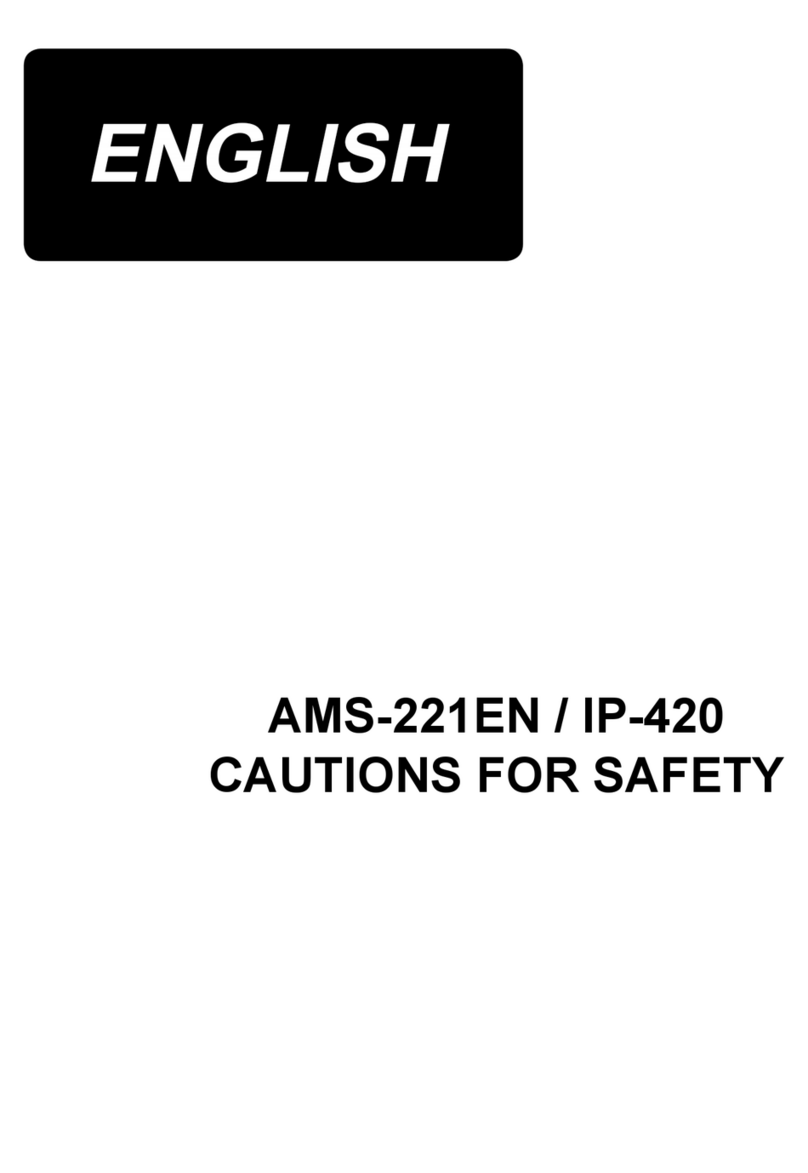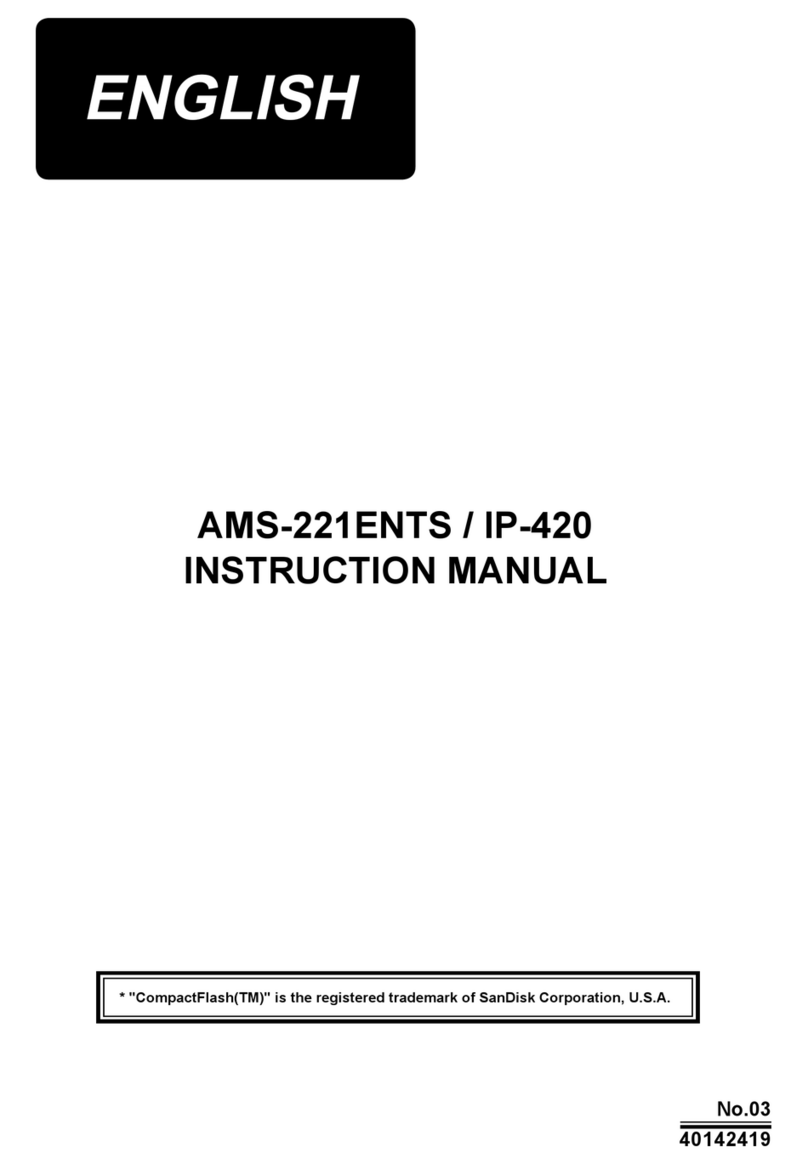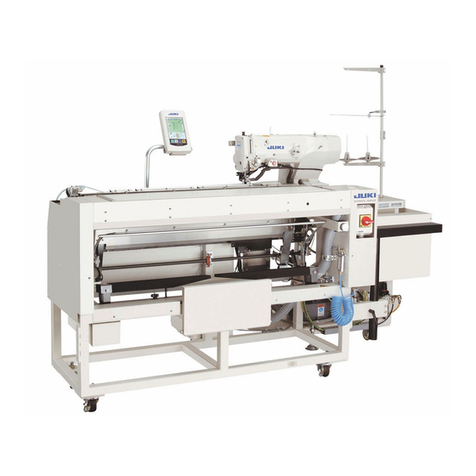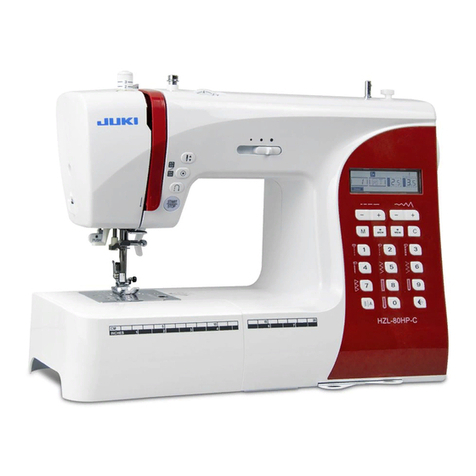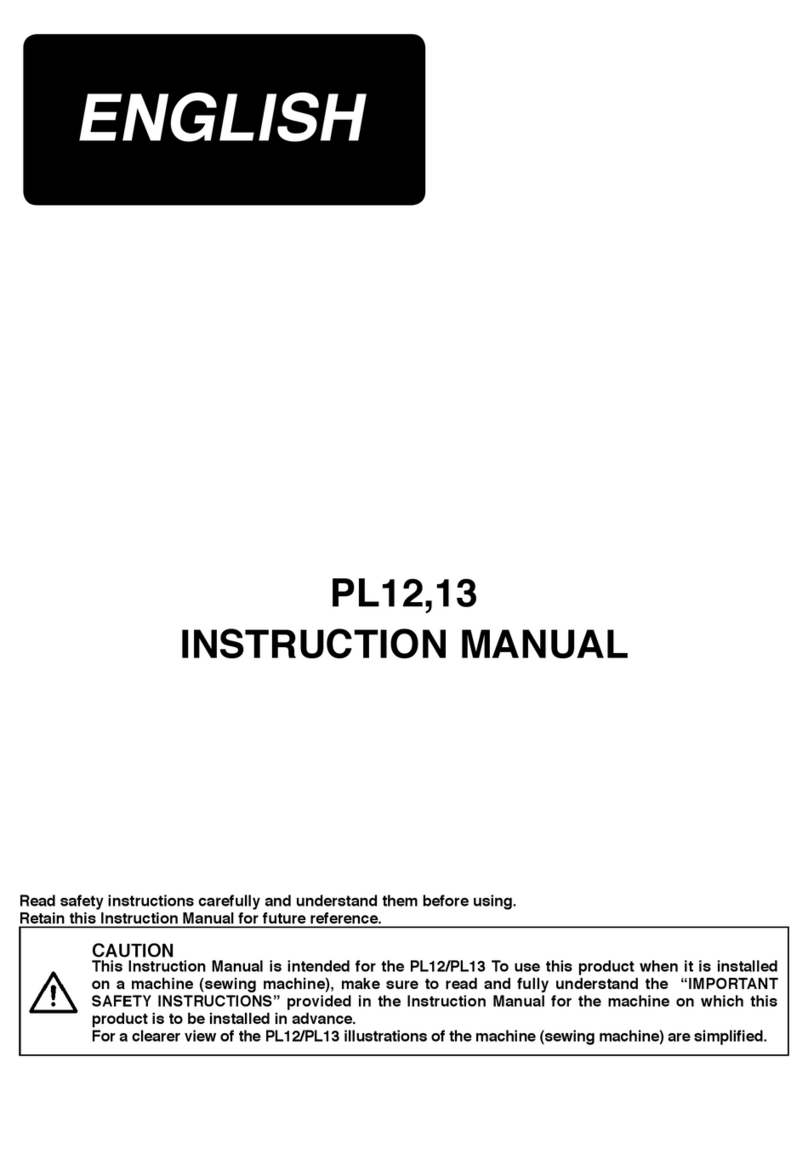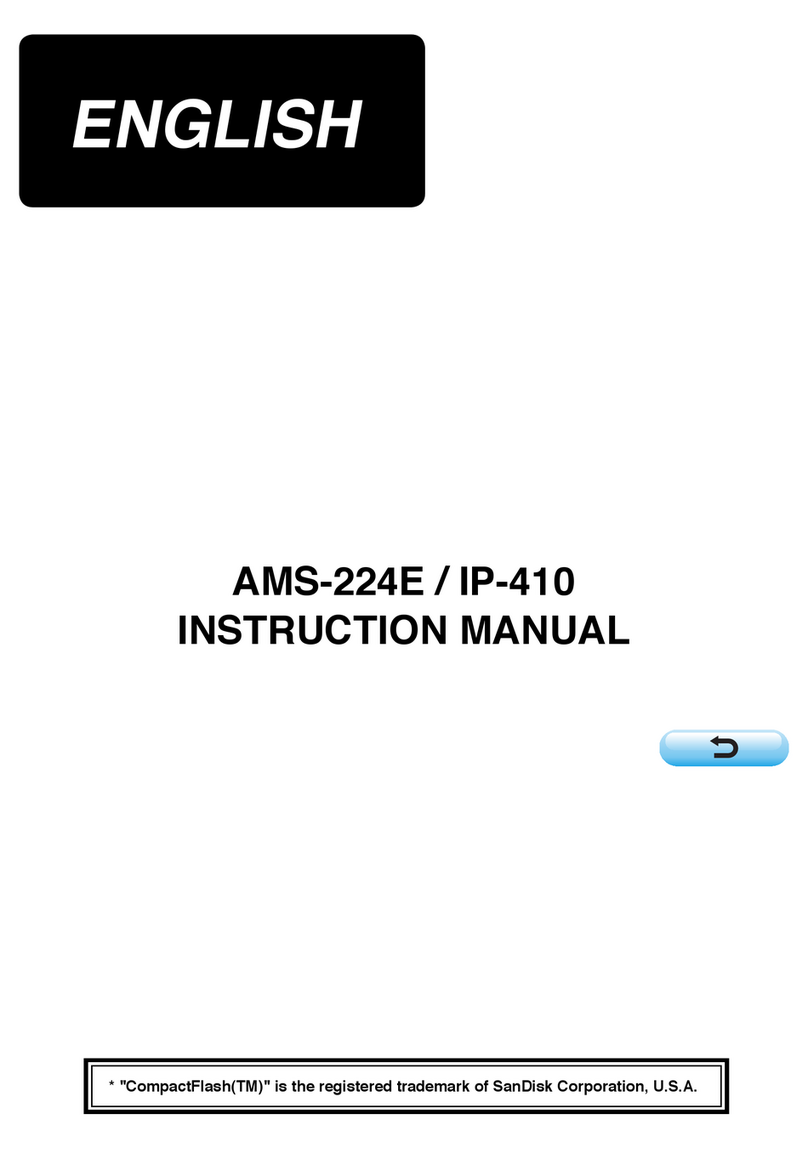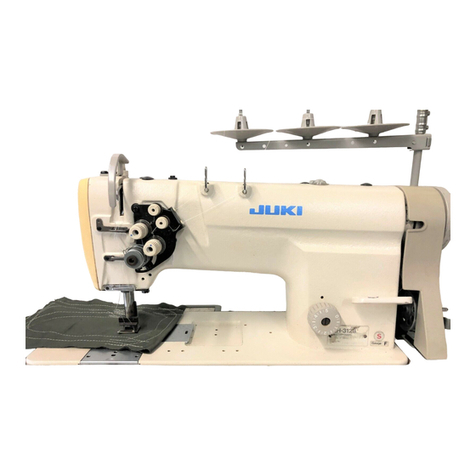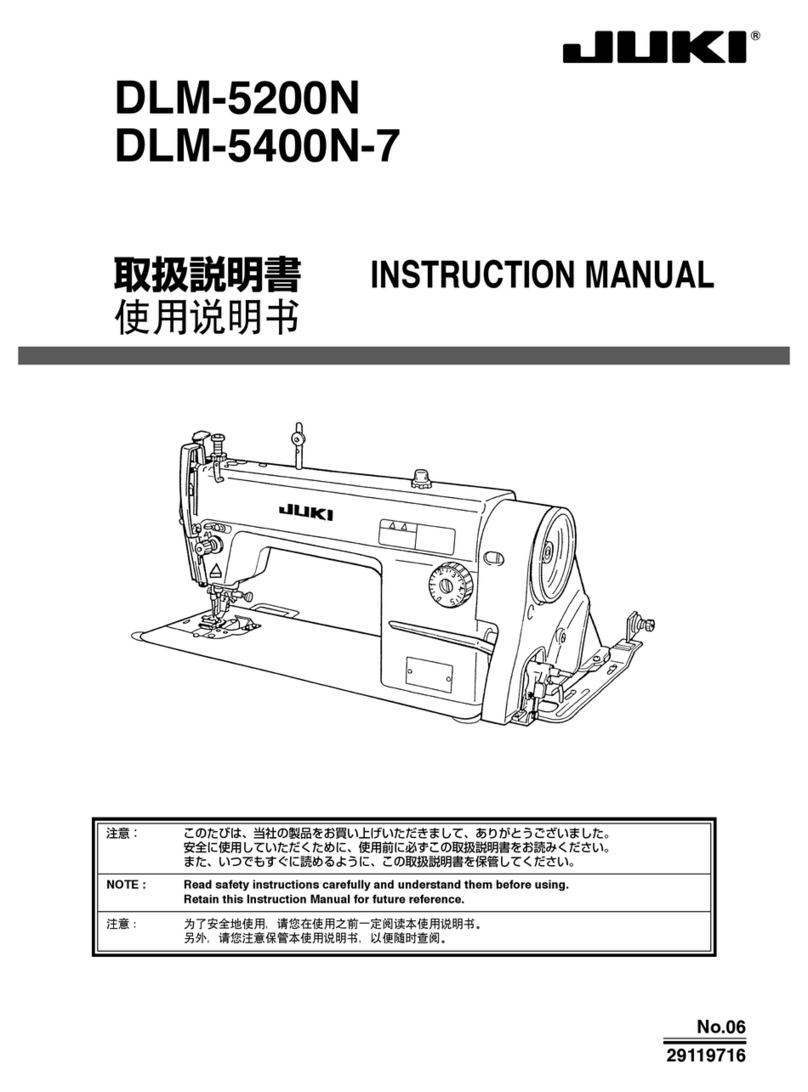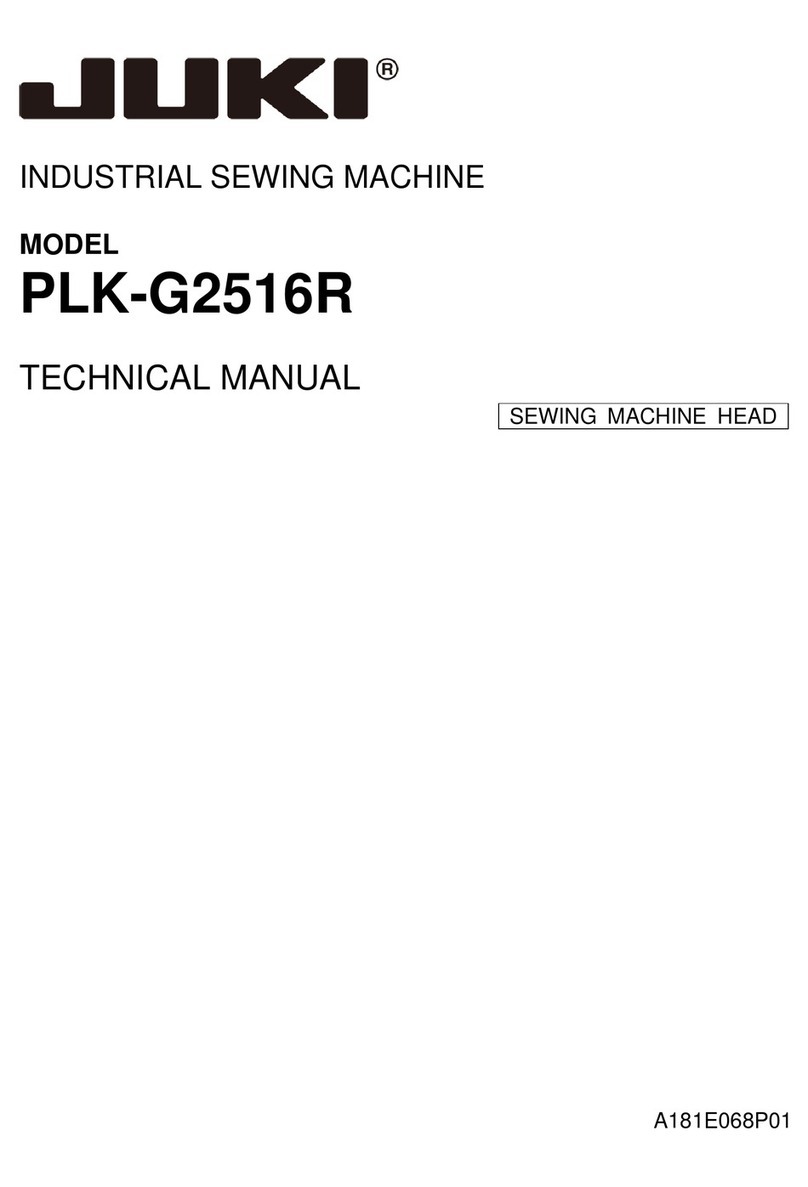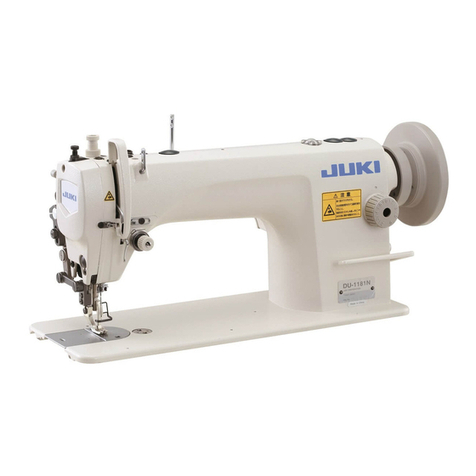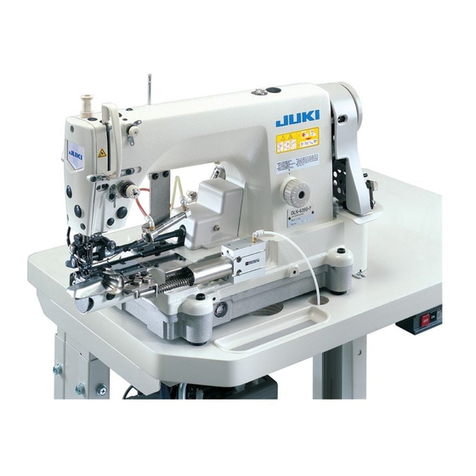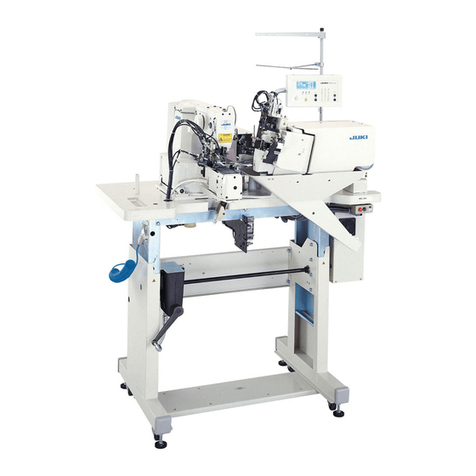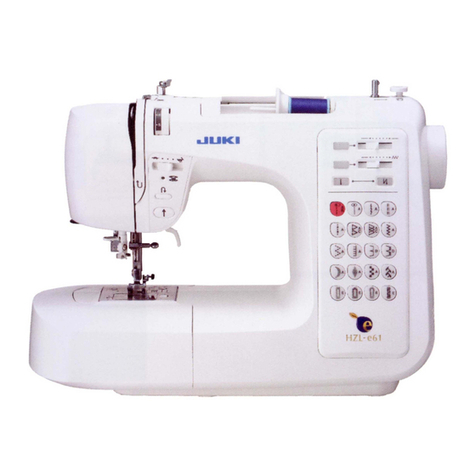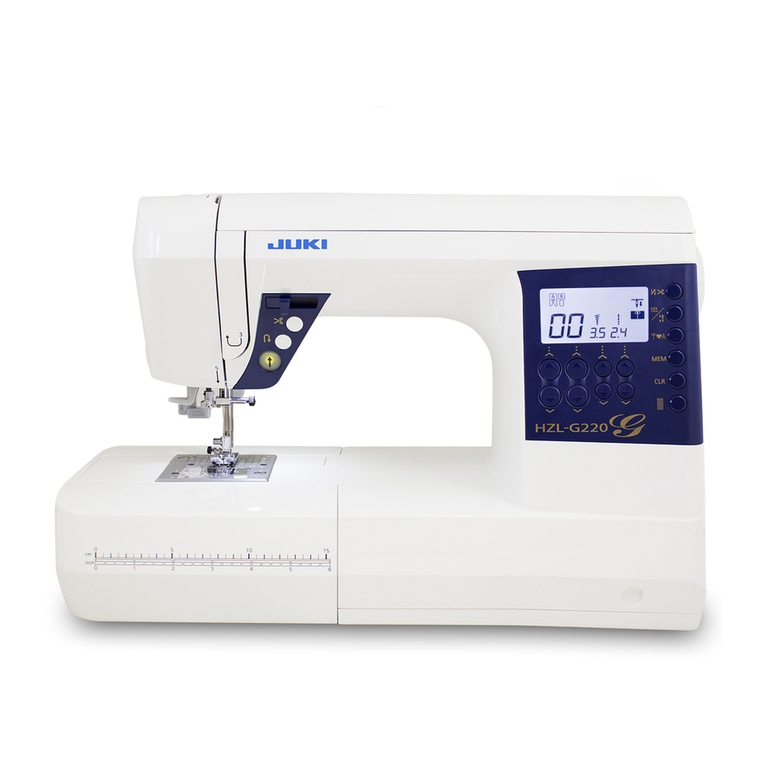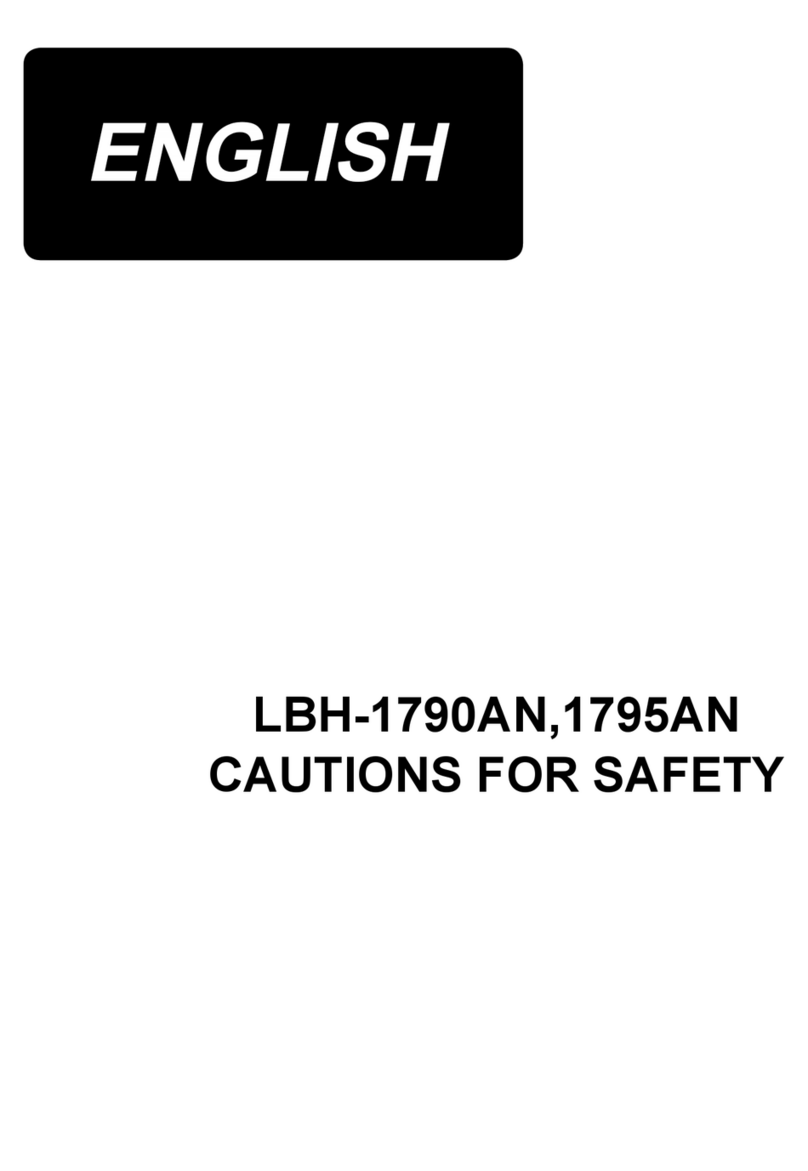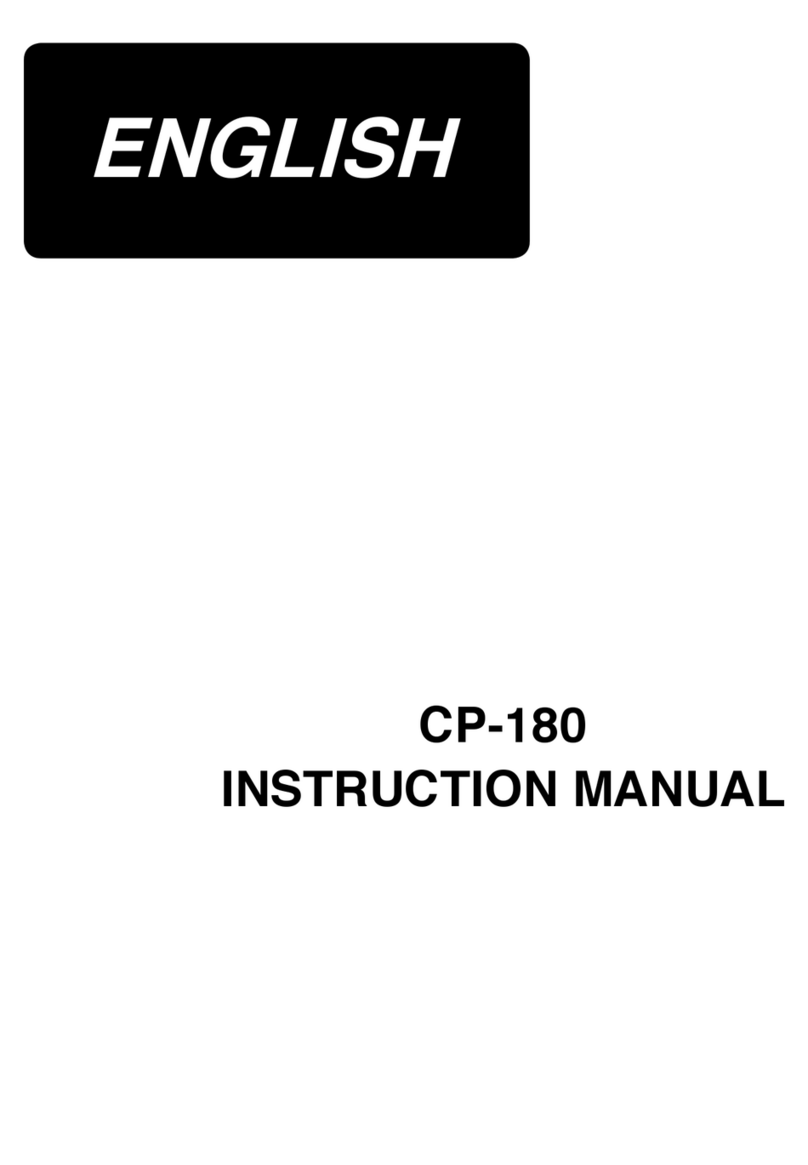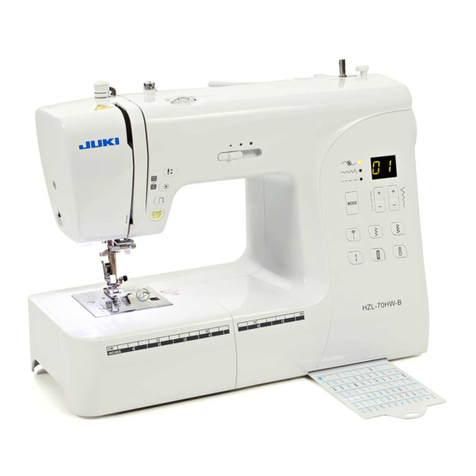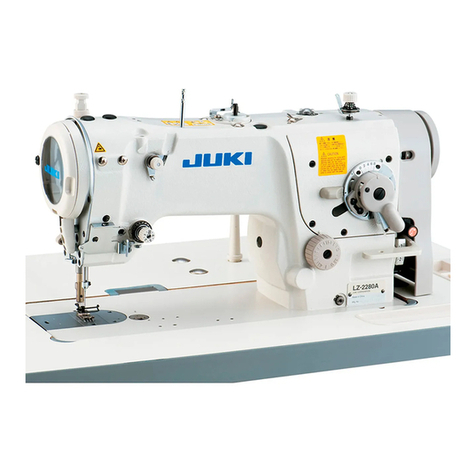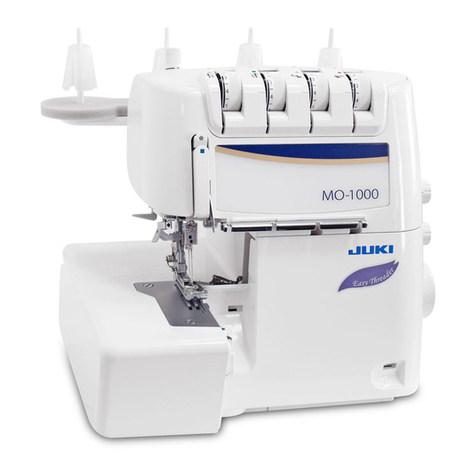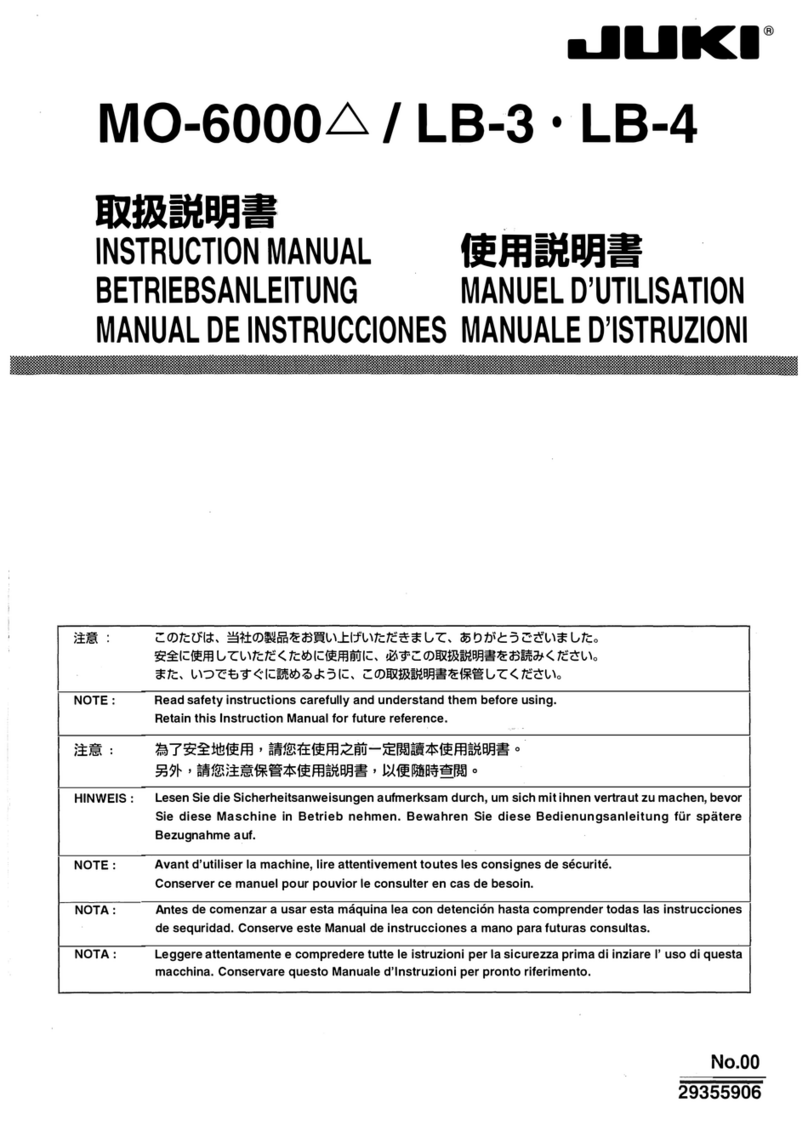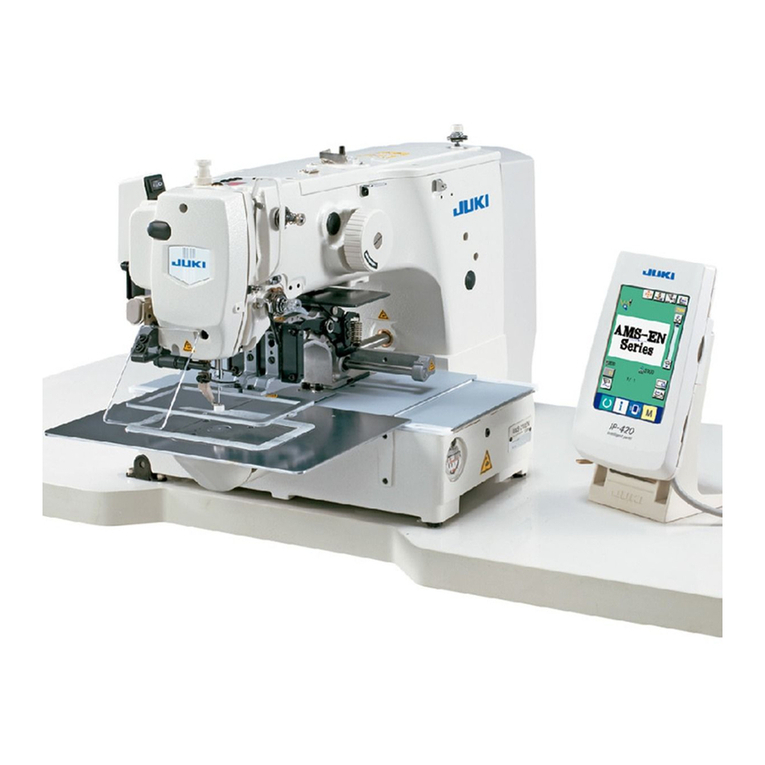iii
CONTENTS
蠢. IMPORTANT SAFETY INSTRUCTIONS ....................................................................... 1
蠡. SPECIFICATIONS ......................................................................................................... 1
1. Subclass ................................................................................................................................................ 1
2. Specifications ........................................................................................................................................ 1
3. Standard sewing shape list .................................................................................................................. 2
4. Configuration ........................................................................................................................................ 3
蠱. INSTALLATION ............................................................................................................. 4
蠶. PREPARATION BEFORE OPERATION ..................................................................... 12
1. Lubrioation .......................................................................................................................................... 12
2. Inserting the needle ............................................................................................................................ 12
3. Threading the needle-thread .............................................................................................................. 13
4. Threading the bobbin case ................................................................................................................ 13
5. Adjusting the bobbin thread tension ................................................................................................ 14
6. Installation of bobbin case .................................................................................................................14
7. Installing the knife .............................................................................................................................. 15
蠹. OPERATION OF THE SEWING MACHINE ................................................................. 16
1. Explanation of the operation panel switch ....................................................................................... 16
2. Basic operation of the sewing machine ........................................................................................... 18
3. How to use the pedal .......................................................................................................................... 18
4. Input of the presser type .................................................................................................................... 20
5. Performing pattern selection ............................................................................................................. 21
6. Changing needle thread tension ....................................................................................................... 22
7. Performing re-sewing ......................................................................................................................... 23
8. Winding bobbin thread .......................................................................................................................24
9. Using the counter ...............................................................................................................................25
10. Using the initial value pattern ............................................................................................................26
11. Changing sewing data ........................................................................................................................27
12. Method of setting sewing data with/without edit ............................................................................. 28
13. Sewing data list ................................................................................................................................... 29
14. Copying sewing pattern ..................................................................................................................... 35
15. Using pattern register key.................................................................................................................. 36
16. Using parameter register key ............................................................................................................ 37
17. Performing continuous stitching ....................................................................................................... 38
18. Performing cycle stitching .................................................................................................................40
19. Explanation of plural motions of knife.............................................................................................. 42
20. Method of changing memory switch data ........................................................................................43
21. Memory switch data list ..................................................................................................................... 44
蠧. MAINTENANCE .......................................................................................................... 48
1. Adjusting the needle-to-hook relation .............................................................................................. 48
2. Adjusting the needle thread trimmer ................................................................................................ 49
3. Adjusting the presser bar pressure .................................................................................................. 50
4. Adjustment of the bobbin presser unit .............................................................................................50
5. Thread tension .................................................................................................................................... 52
6. Cleaning the filter ................................................................................................................................ 52
7. Replacing the fuse ..............................................................................................................................52
蠻. GAUGE COMPONENTS ............................................................................................. 53
1. Cloth cutting knife ..............................................................................................................................53
2. Throat plate ......................................................................................................................................... 53
3. Presser ................................................................................................................................................. 53
衄. ERROR CODE LIST .................................................................................................... 54
衂. TROUBLES AND CORRECTIVE MEASURES ........................................................... 57
衒. DRAWING OF THE TABLE ......................................................................................... 59
衙. INITIAL VALUE DATA FOR EACH SHAPE TABLE .................................................... 60
